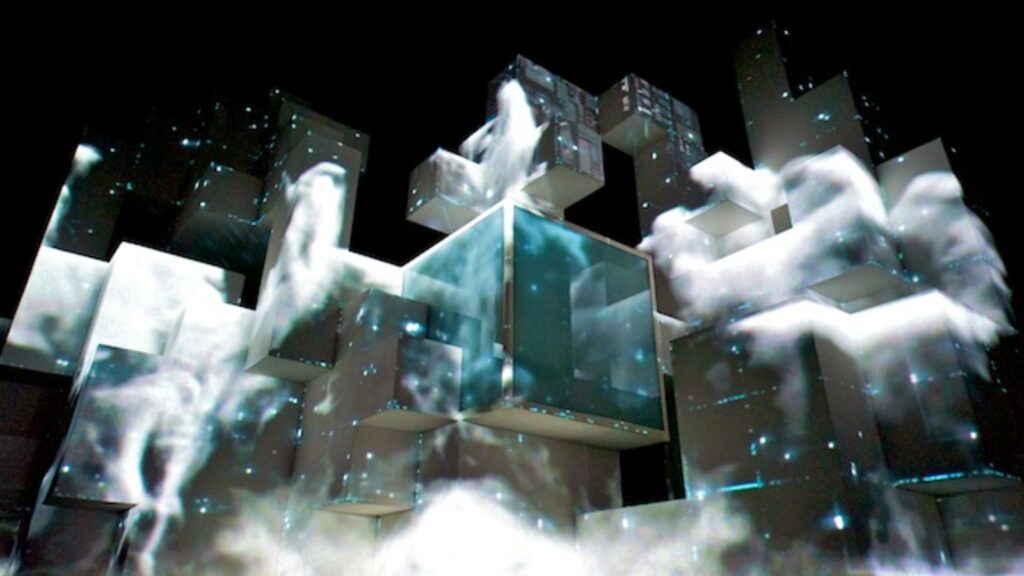
Spatial computing is at the forefront of technological innovation, blending the physical and digital worlds to create immersive and interactive experiences. This fusion is driven by the need to understand and navigate the environment with high precision, whether for augmented reality (AR), autonomous vehicles, or advanced robotics. Two critical technologies powering this advancement are Visual Positioning Systems (VPS) and 3D mapping. Together, they play an essential role in enabling accurate re-localization—ensuring devices can consistently and precisely determine their location within a space.
What is Re-localization in Spatial Computing?
Re-localization is the process of accurately determining a device’s position and orientation in space after it has moved or lost track of its location. This capability is vital for applications where continuity and accuracy are crucial, such as AR, VR, autonomous navigation, and robotic operations. If a device drifts from its known position or encounters an environment change, it needs to re-localize quickly to maintain the integrity of the user experience or operational safety.
The Role of Visual Positioning Systems (VPS)
VPS is a technology that uses visual data from the environment—typically captured by cameras or sensors—to determine the precise location of a device. Unlike traditional GPS, which can be inaccurate indoors or in densely built environments, VPS leverages detailed images and environmental markers to establish location with greater precision.
- Enhanced Precision: VPS uses computer vision to analyze the surroundings, comparing real-time imagery with pre-existing visual data. This allows devices to identify specific features in the environment, such as buildings, signs, or natural landmarks, providing a much higher level of accuracy than GPS alone.
- Indoor and Urban Navigation: VPS shines in environments where GPS signals are weak or unreliable, such as inside buildings or in urban canyons. By utilizing detailed visual cues, VPS can maintain accurate localization even in complex indoor settings or areas with dense infrastructural interference.
- Integration with Augmented Reality: In AR applications, VPS enables digital objects to be anchored to specific locations in the physical world. This ensures that virtual elements remain stable and accurately positioned as users move around, enhancing the realism and usability of AR experiences.
The Role of 3D Mapping
3D mapping involves creating detailed, three-dimensional representations of environments. This data is crucial for understanding the geometry, scale, and layout of physical spaces, which is foundational for accurate spatial computing.
- Environmental Understanding: 3D maps provide comprehensive models of environments, allowing devices to understand not just flat surfaces but also the depth, contours, and structures within a space. This is particularly important for applications that require interaction with complex environments, such as autonomous robots or AR navigation.
- Contextual Awareness: 3D maps offer a contextual understanding that enhances decision-making processes. For example, autonomous vehicles use 3D maps to navigate streets, recognizing the positions of buildings, traffic lights, and other vehicles to plan safe and efficient routes.
- Dynamic Re-localization: When combined with VPS, 3D mapping allows for dynamic re-localization, meaning that as a device moves or the environment changes (e.g., furniture is rearranged), the system can quickly re-assess the environment and update the device’s position in real-time. This capability is critical for maintaining continuous operation in changing environments.
The Synergy Between VPS and 3D Mapping
VPS and 3D mapping are complementary technologies that, when combined, significantly enhance the accuracy and reliability of spatial computing systems.
- Precision Meets Context: VPS provides precise location data, while 3D mapping offers a rich understanding of the environment. Together, they ensure that devices not only know where they are but also comprehend their surroundings, enabling more intelligent interactions with the physical world.
- Improved User Experiences: In AR applications, the combination of VPS and 3D mapping allows virtual objects to interact naturally with the physical world, creating seamless and engaging user experiences. This synergy is essential for applications where immersive realism is a key factor, such as gaming, education, and remote collaboration.
- Enhanced Autonomous Navigation: For autonomous vehicles and drones, the fusion of VPS and 3D mapping provides the necessary accuracy and environmental awareness to navigate complex terrains safely. This is particularly important in urban settings where the environment can change frequently, and the ability to re-localize accurately is critical for safe operation.
Challenges and Future Directions
While VPS and 3D mapping offer substantial benefits, they also present challenges that need to be addressed.
- Data Volume and Processing: 3D maps are data-intensive, requiring significant storage and processing power. As environments become more complex, the need for efficient data management and processing becomes increasingly important.
- Scalability: Deploying VPS and 3D mapping at scale, particularly in large urban areas or across multiple locations, requires robust infrastructure and standardized approaches to ensure consistent performance.
- Real-time Updates: Environments are dynamic, and maintaining up-to-date 3D maps in real-time is a complex challenge. Future advancements will need to focus on improving the speed and accuracy of map updates to ensure that spatial computing systems remain reliable in ever-changing environments.
VPS and 3D mapping are at the core of spatial computing, enabling accurate re-localization and enhancing the interaction between digital and physical worlds. As these technologies continue to evolve, they will play an increasingly critical role in the development of smart cities, autonomous vehicles, and immersive AR experiences. The future of spatial computing lies in the seamless integration of these technologies, ensuring that devices can navigate, understand, and interact with our world with unprecedented precision.